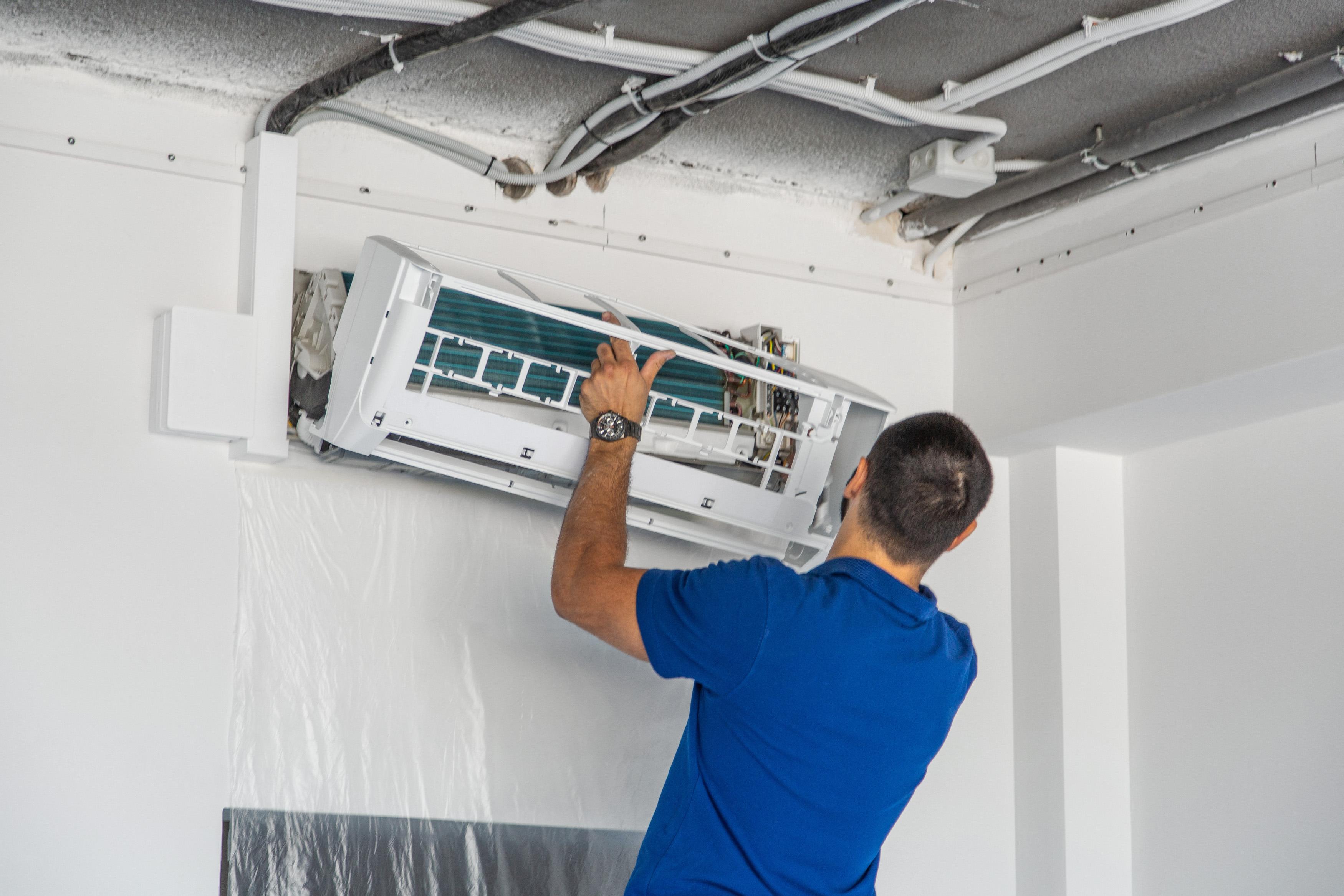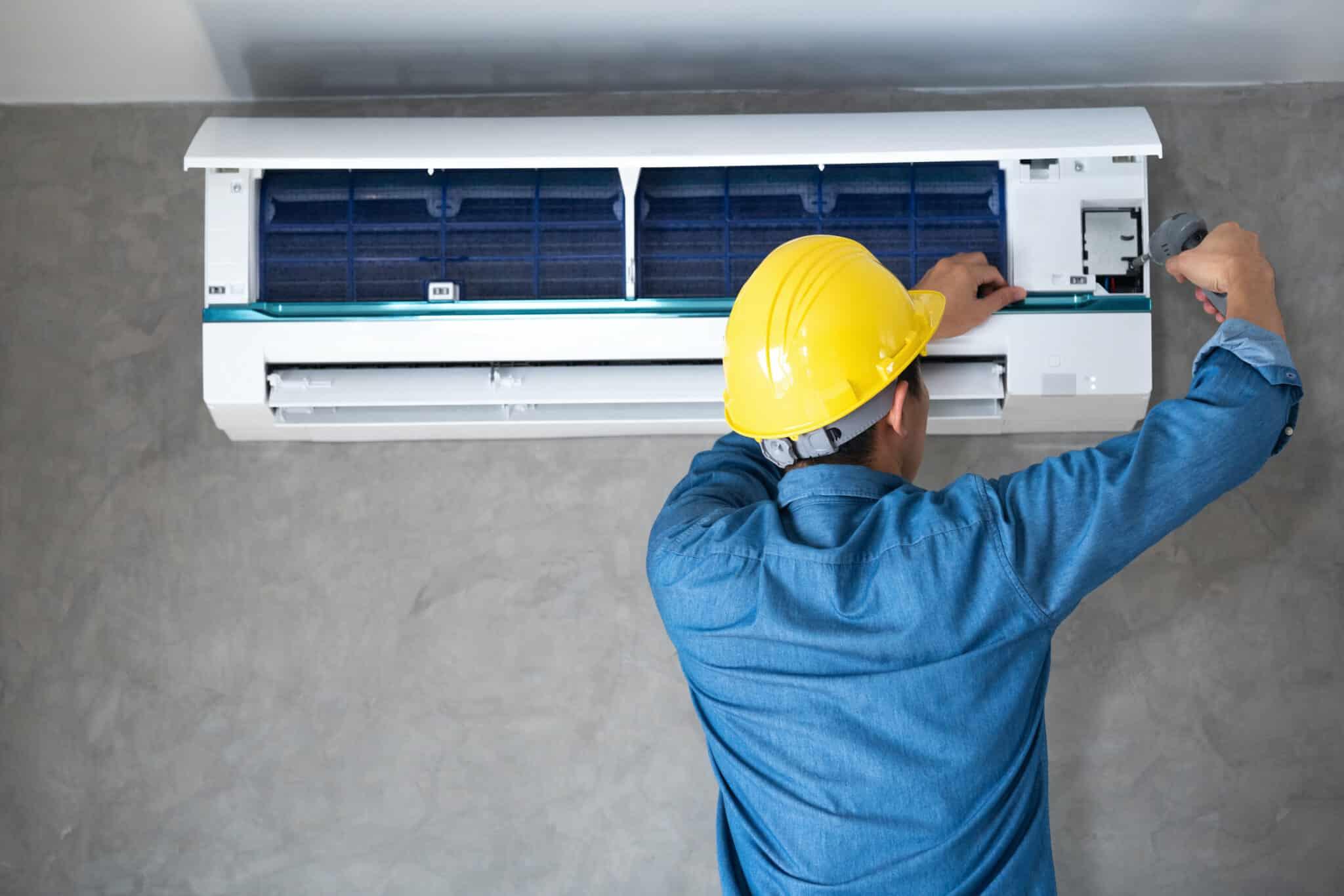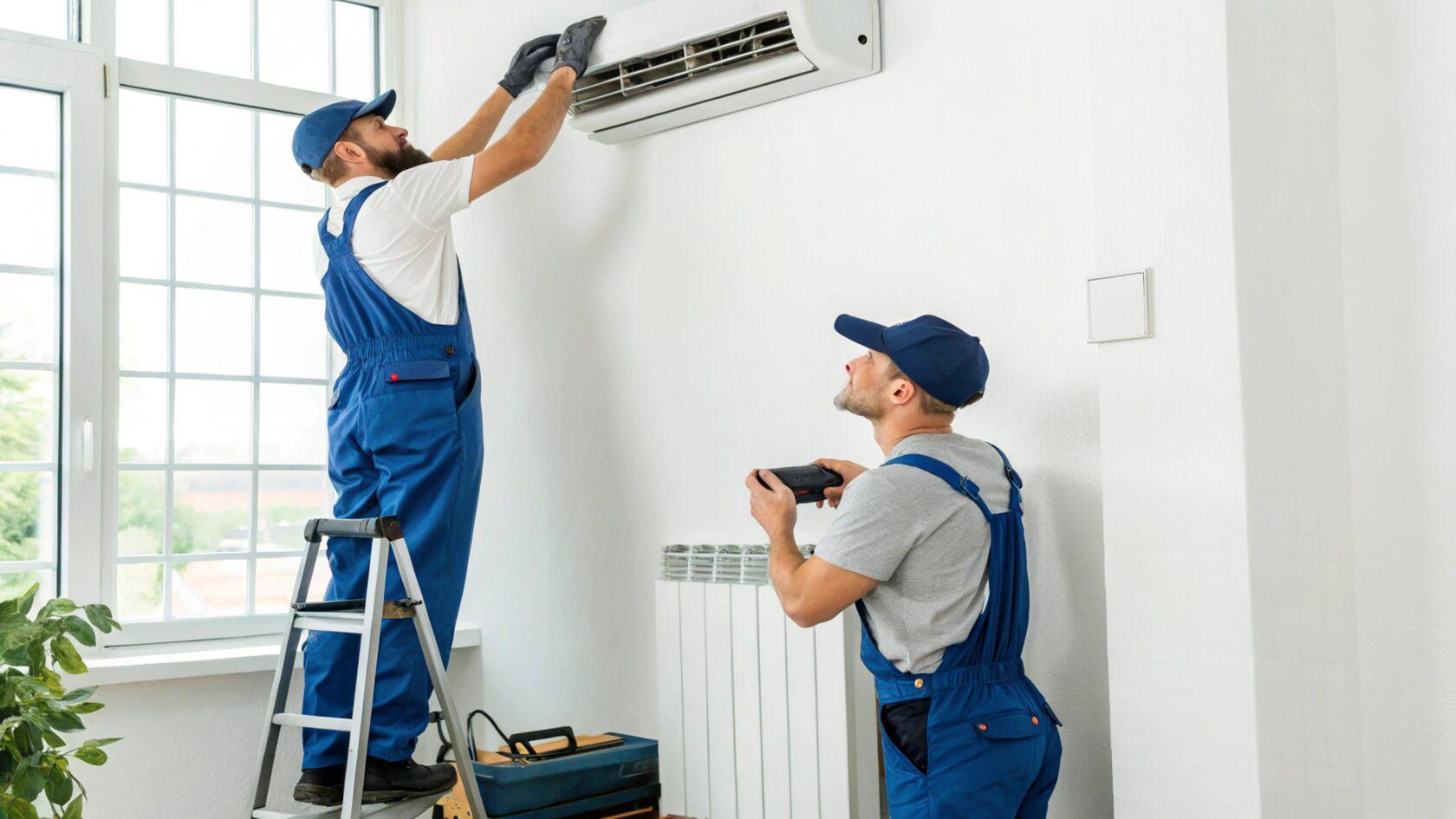
by Shreyansh Yadav
11.04.2025
The Silent Guardian: How Modern AC Improves Your Indoor Air
The air we breathe indoors, often taken for granted, can be significantly more polluted than the air outside. Modern buildings, designed for energy efficiency, frequently seal in a host of invisible contaminants. This creates an environment where pollutants can accumulate, silently impacting our well-being without immediate, obvious signs. Many individuals experience subtle symptoms like persistent headaches, fatigue, or general discomfort, often attributing them to stress or other factors, overlooking the very air around them. Klexaraterm is dedicated to enhancing indoor environments for superior comfort and health.
Our homes and workplaces are filled with potential sources of indoor air pollutants. Everyday activities such as cooking, cleaning, and even using personal care products release volatile organic compounds (VOCs). Dust mites, pet dander, mold spores, and pollen find their way indoors and thrive, especially in environments with poor ventilation. These microscopic particles circulate constantly, becoming part of the air we inhale with every breath, posing a continuous challenge to our respiratory systems and overall health.
The consequences of breathing compromised indoor air extend beyond mere discomfort. Prolonged exposure can exacerbate allergies, trigger asthma attacks, and contribute to various respiratory conditions. For vulnerable populations, such as children, the elderly, and those with pre-existing health issues, the risks are even greater. A perpetually stuffy or stale indoor atmosphere can also impair cognitive function, reduce productivity, and diminish the overall quality of life for occupants, turning a sanctuary into a subtle health hazard.
Maintaining optimal indoor air quality in today's tightly constructed spaces presents a unique challenge. While sealing buildings helps with temperature regulation, it often restricts natural airflow, trapping pollutants inside. Traditional ventilation methods may not be sufficient to cycle out all contaminants effectively. This creates a need for more proactive and sophisticated solutions that can actively clean and refresh the air, rather than just moving it around, ensuring a truly healthy living and working environment.
The insidious nature of poor indoor air quality means that its effects often go unnoticed until they manifest as chronic health issues or a general feeling of malaise. Unlike visible dirt or grime, airborne pollutants are largely invisible, making it difficult to assess the severity of the problem without specialized tools. This lack of immediate sensory feedback means many people remain unaware of the silent threat circulating within their own spaces, unknowingly compromising their health day after day.
-
Outdated Ventilation Systems: Many existing buildings rely on older HVAC setups that merely recirculate air without adequate filtration or introduction of fresh outdoor air, allowing pollutants to build up over time. This leads to stale air and concentrated allergens.
-
Accumulation of Indoor Pollutants: Modern furnishings, cleaning agents, and even building materials off-gas chemicals. Coupled with dust, pet dander, and cooking fumes, these elements create a complex cocktail of airborne irritants within enclosed spaces.
-
External Contaminant Infiltration: Despite sealed windows and doors, outdoor allergens like pollen, spores, and particulate matter from vehicle exhaust can still penetrate indoor environments, especially during seasonal changes or in urban areas.
Elevating Air Purity with Advanced Filtration
One of the most effective ways to combat indoor air pollution is through the integration of advanced filtration systems within modern AC units. These systems go far beyond basic dust filters, utilizing high-efficiency particulate air (HEPA) filters or filters with high MERV (Minimum Efficiency Reporting Value) ratings. Such filters are engineered to capture microscopic particles, including pollen, pet dander, dust mites, mold spores, and even some bacteria and viruses, effectively removing them from the air circulation. This commitment to superior air quality is central to the design philosophy of Klexaraterm.
The impact of superior filtration is profound, particularly for individuals sensitive to airborne irritants. By continuously cycling and cleaning the air, these systems significantly reduce the presence of allergens and irritants, leading to a noticeable improvement in respiratory health and overall comfort. For families with allergy sufferers or pets, this translates into fewer symptoms, better sleep, and a much healthier living space, turning your home into a sanctuary of clean air.
Mastering Humidity for a Healthier Environment
Beyond temperature control, modern AC systems excel at managing indoor humidity levels, a critical factor often overlooked in air quality discussions. Excessive humidity creates an ideal breeding ground for mold, mildew, and dust mites, all significant contributors to poor indoor air and common triggers for allergies and asthma. Conversely, air that is too dry can irritate nasal passages and skin, leading to discomfort and increased susceptibility to respiratory infections.
Sophisticated AC units maintain an optimal humidity range, typically between 40-60%, preventing the proliferation of harmful biological contaminants. By actively dehumidifying the air, especially in warmer, humid climates, these systems prevent mold growth on surfaces and within ventilation ducts. This precise control ensures a balanced indoor atmosphere that is not only comfortable but also actively discourages the growth of pathogens and allergens, promoting a healthier habitat.
Integrated Air Purification for Comprehensive Defense
The cutting edge of indoor air improvement lies in modern AC systems that incorporate integrated air purification technologies. These advanced units often feature UV-C lights, which are strategically placed within the air handler to neutralize airborne bacteria, viruses, and mold spores as air passes through. Some systems also employ ionizers or photocatalytic oxidation (PCO) to break down volatile organic compounds (VOCs) and odors at a molecular level.
These comprehensive purification methods provide an active defense against a wider spectrum of indoor air threats that filtration alone might miss. By destroying contaminants rather than just trapping them, these technologies ensure that the air circulated throughout your space is not just filtered, but truly purified. Solutions from Klexaraterm, for instance, are designed to offer this multi-layered approach, providing an unparalleled level of indoor air cleanliness and peace of mind for occupants.
-
Improper Installation or Maintenance: A poorly installed or neglected AC system with advanced features can lose its effectiveness, potentially leading to system inefficiencies or even new air quality issues. Recommendation: Always opt for certified professionals for installation and schedule regular preventative maintenance checks.
-
Perceived High Initial Cost: The upfront cost of modern AC units with advanced air quality features can be higher than basic models, which might deter some potential users. Recommendation: Consider the long-term benefits of improved health, comfort, and potential energy savings from efficient operation, viewing it as a valuable enhancement to your living or working environment.
-
Over-reliance Without Source Control: While powerful, advanced AC systems are not a substitute for basic hygiene. Neglecting regular cleaning or continuing to use high-VOC products can still compromise air quality. Recommendation: Combine technology with good practices, such as regular cleaning, using low-VOC products, and ensuring adequate natural ventilation when possible, for truly superior indoor air.


